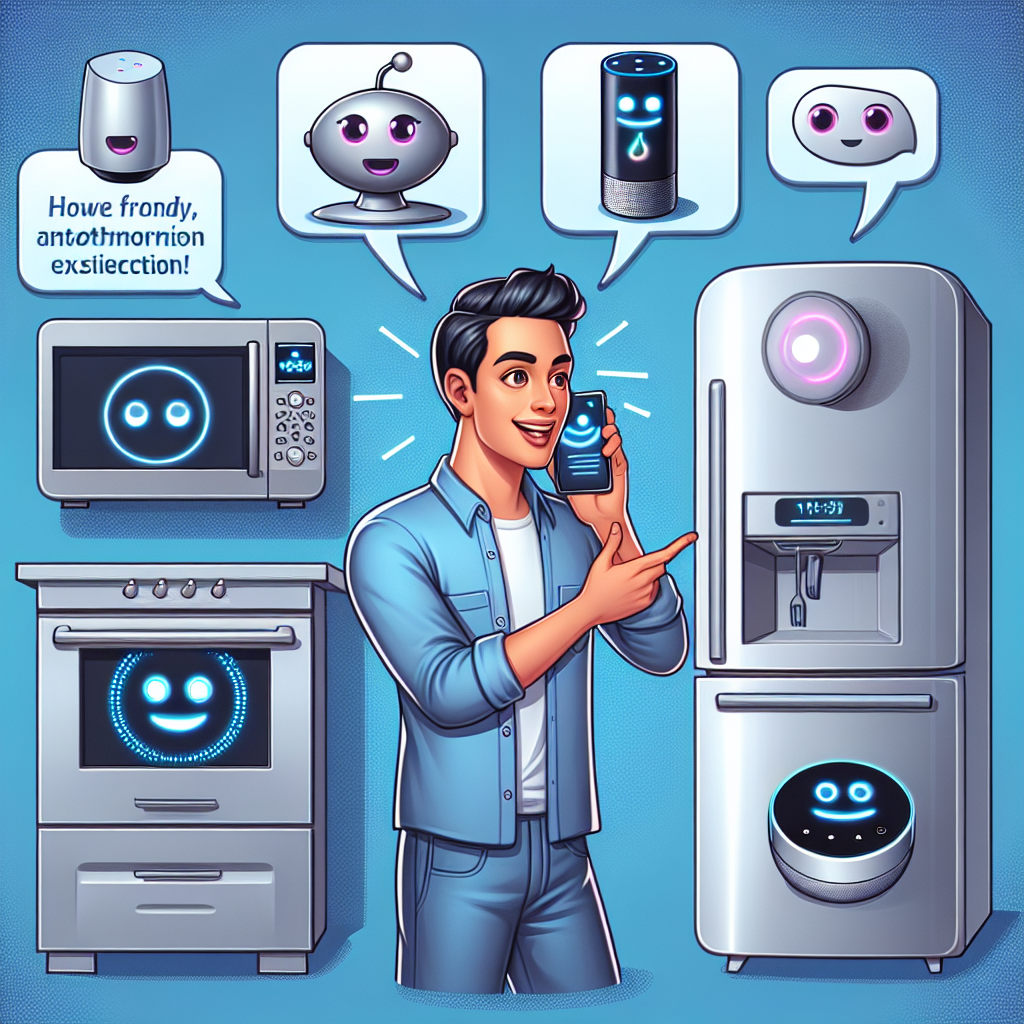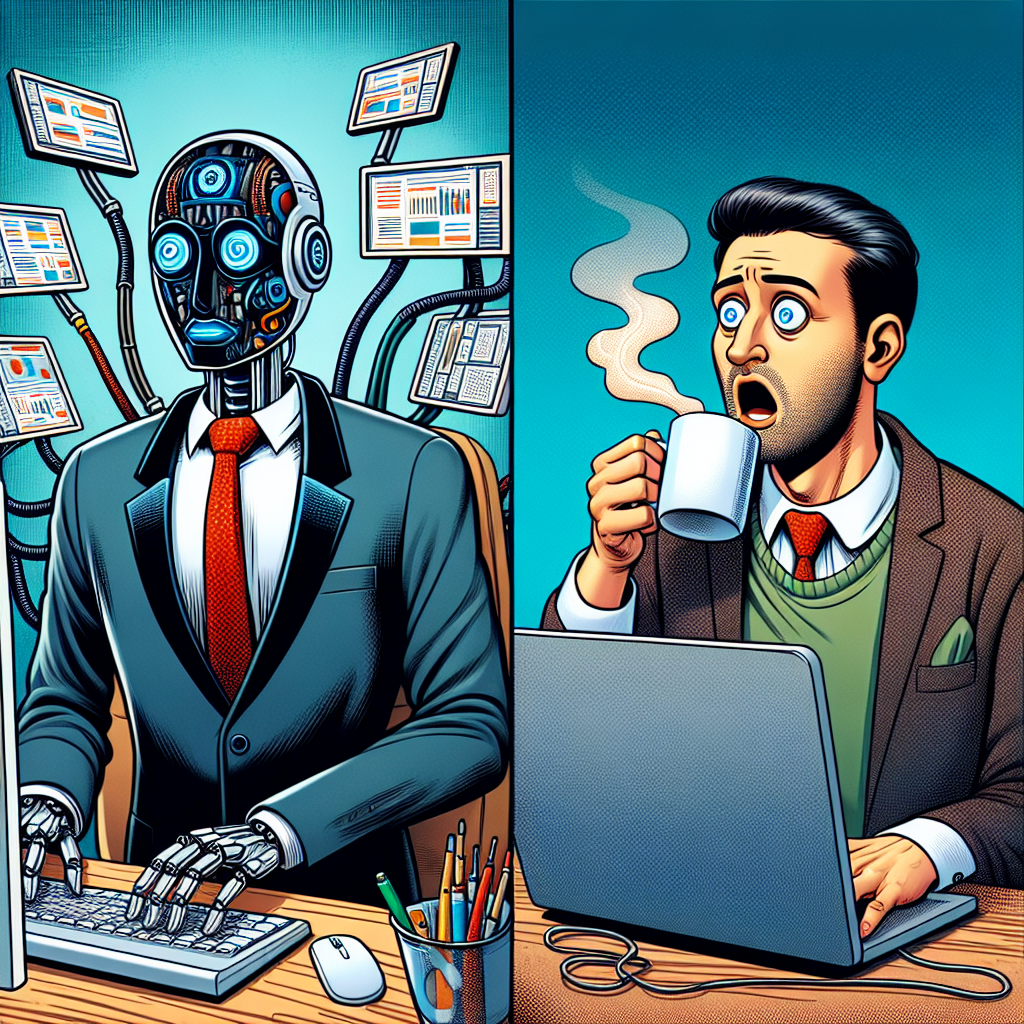Remember when collaboration meant endless email chains and clunky shared drives? Those days are rapidly fading into the rearview mirror as intelligent collaboration tools reshape how we work together. Today’s business landscape is witnessing a dramatic transformation powered by AI SaaS creation platforms that are fundamentally changing team dynamics across industries.
The evolution from basic digital tools to sophisticated AI-driven collaboration systems represents more than just a technological upgrade—it’s a complete reimagining of workplace interaction. Teams that once struggled with communication barriers and workflow bottlenecks are now experiencing seamless coordination thanks to intelligent collaboration solutions that anticipate needs and streamline processes.
“The difference between yesterday’s collaboration tools and today’s AI-enhanced platforms is like comparing a bicycle to a sports car,” says one team leader at a growing startup. “We’re not just moving faster—we’re traveling in an entirely different way.”
Democratizing Innovation Through AI SaaS Creation Platforms
The democratization of AI technology is unlocking innovation potential across organizations of all sizes, enabling teams to create custom solutions without specialized technical expertise.
One of the most exciting developments in the business technology space is the rise of AI SaaS creation platforms that put powerful application development capabilities in the hands of everyday users. These low-code platforms are revolutionizing how teams approach problem-solving by removing the technical barriers that once limited innovation to those with coding expertise.
According to recent industry research, by 2025, low-code development will account for more than 70% of application development activity, up dramatically from just 20% in 2020. This surge reflects the growing recognition that innovation shouldn’t be confined to the IT department.
Low-code platforms empower marketing specialists, operations managers, HR professionals, and other non-technical team members to create customized solutions for their specific challenges. With intuitive drag-and-drop interfaces and pre-built components, these platforms allow users to visualize their workflows and transform them into functional applications without writing a single line of code.
“Our customer service team used a low-code platform to build an automated response system that has cut our resolution times in half,” shares a small business owner. “Before, we would have had to hire developers or purchase an expensive off-the-shelf solution that didn’t quite fit our needs.”
The democratization of application development through AI SaaS creation platforms is fostering a culture of innovation where great ideas can come from anywhere in the organization. When teams can quickly turn concepts into working solutions, they become more agile, responsive, and creative in addressing business challenges.
The Rise of Customizable AI Digital Workers
Perhaps the most transformative element of the intelligent collaboration revolution is the emergence of customizable AI digital workers. These virtual assistants go far beyond simple chatbots or scheduling tools—they’re sophisticated AI-powered entities that can be tailored to handle specific business processes with remarkable precision.
AI digital workers excel at managing repetitive, time-consuming tasks that once drained team productivity. From data entry and document processing to customer inquiries and reporting, these virtual team members handle routine work with consistency and accuracy, allowing human employees to focus on higher-value activities that require creativity, emotional intelligence, and strategic thinking.
What makes today’s AI digital workers particularly powerful is their adaptability. Organizations can customize these AI assistants to align with their unique workflows, terminology, and business rules. A financial services firm might deploy AI digital workers specialized in compliance monitoring, while a healthcare provider might utilize them for patient scheduling and follow-up.
Studies show that workers using generative AI report saving approximately 5.4% of their work hours, translating to a productivity increase of about 1.1% across entire workforces. As these technologies become more sophisticated and widespread, those numbers are expected to grow significantly.
Beyond handling routine tasks, AI digital workers also provide valuable performance insights. They can analyze workflows, identify bottlenecks, and suggest process improvements based on data patterns that might escape human observation. This analytical capability transforms them from mere task handlers to strategic partners in optimization efforts.
Personal Use AI Products: Your Individual Productivity Companion
The benefits of AI-driven collaboration extend beyond organizational systems to personal productivity tools that individuals can leverage in their daily work. Personal use AI products are becoming essential companions for professionals across industries, helping them work smarter and collaborate more effectively.
Consider these everyday scenarios where personal AI assistants are making a difference:
- A content creator uses AI to generate outlines, research topics, and polish drafts, cutting article production time by 30%
- A project manager employs AI to summarize meeting notes, extract action items, and track follow-ups automatically
- A sales representative utilizes AI to analyze customer communication patterns and suggest optimal response strategies
These personal productivity enhancements naturally extend to improved collaboration. When team members can handle their individual responsibilities more efficiently, the collective workflow becomes smoother and more productive. Personal AI tools create a foundation for better teamwork by reducing the friction points that typically slow down collaborative efforts.
“My personal AI writing assistant doesn’t just help me work faster—it’s improved how I communicate with my team,” explains a marketing director. “My briefs are clearer, my feedback is more precise, and I can respond to questions more quickly. It’s like having a communication coach alongside me all day.”
Sharing and Selling AI Products: The New Collaboration Economy
The emerging marketplace for AI products is creating opportunities for knowledge sharing and new revenue streams, accelerating innovation across organizational boundaries.
An exciting trend emerging from the AI SaaS creation platform revolution is the growing ecosystem for sharing and selling AI products. This marketplace approach is fostering unprecedented collaboration across organizational boundaries, creating new opportunities for innovation and value creation.
When teams develop custom AI solutions for their specific needs, they often create tools with broader applications. The ability to share these innovations—either freely within communities of practice or as commercial products—accelerates problem-solving across entire industries. A workflow automation created for one accounting department might benefit thousands of similar teams facing the same challenges.
This sharing economy for AI products encourages a collaborative approach to innovation where building on others’ work becomes a standard practice. Rather than reinventing solutions, teams can adapt existing AI products to their specific contexts, saving time and resources while still achieving customized results.
For entrepreneurs and small businesses, the opportunity to sell custom AI solutions represents a new revenue stream. A company that develops an effective AI digital worker for its own operations can potentially commercialize that solution, creating value beyond its internal use. This economic incentive drives further innovation and specialization in the AI product ecosystem.
“We initially built our AI content management assistant just for our marketing team,” says one startup founder. “Now it’s generating 20% of our revenue as a SaaS product that other companies subscribe to. What began as solving our own problem has become a whole new business line.”
Workflow Automation Through AI Agent Technology
At the heart of the intelligent collaboration revolution lies AI agent technology—the sophisticated systems that enable seamless workflow automation across complex business processes. These AI agents serve as intelligent connectors between different applications, data sources, and team members, creating coherent workflows that minimize manual interventions.
Unlike simple automation tools that follow rigid rules, AI agents can adapt to changing conditions, make context-aware decisions, and learn from experience. They reduce friction in business processes by intelligently routing information, triggering appropriate actions, and ensuring that nothing falls through the cracks.
For example, an AI agent might monitor a customer support inbox, categorize incoming requests based on content analysis, route them to the appropriate department, suggest response templates, and track resolution times—all while learning from each interaction to improve future performance.
The impact on team collaboration is profound. AI agent technology reduces the coordination overhead that typically slows down multi-step processes involving multiple team members. By handling the handoffs between people and systems, AI agents create more fluid workflows where each participant can focus on their specific contribution rather than managing the process itself.
A study from MIT Technology Review reveals that professionals using AI tools report not only increased productivity but also better work-life balance—a testament to how workflow automation can reduce workplace stress while improving outcomes.
User-Friendly AI Tools: Making Technology Accessible to Everyone
User-friendly design principles are making advanced AI technology accessible to everyone, regardless of technical background, unlocking creative potential across organizations.
The democratization of AI wouldn’t be possible without a fundamental shift toward user-friendly design. Today’s AI SaaS creation platforms are distinguished by their accessibility, allowing users of all technical backgrounds to engage effectively with advanced technologies.
This accessibility manifests in several key ways:
- Visual interfaces that represent complex concepts in intuitive ways
- Natural language interactions that eliminate the need for specialized command syntax
- Guided workflows that provide step-by-step assistance for common tasks
- Contextual help and suggestions that support learning while doing
- Pre-built templates that offer starting points for customization
The emphasis on usability ensures that the benefits of AI aren’t limited to technical specialists but are available to everyone who could benefit from smarter tools. This inclusive approach aligns with the reality that valuable insights and innovations can come from anyone in an organization, regardless of their technical expertise.
“I was intimidated by AI at first,” admits an operations manager at a small manufacturing firm. “But these new platforms make it so approachable. I’ve built three different workflow automations for my team, and I’ve never written a line of code in my life.”
The Future of Work: Multi-Agent Frameworks and Beyond
Looking ahead, the evolution of intelligent collaboration points toward increasingly sophisticated multi-agent frameworks that will further transform how teams work together. These systems will coordinate multiple specialized AI digital workers within comprehensive workflows, creating even more powerful automation possibilities.
Imagine a marketing campaign where one AI agent handles content creation, another manages distribution across channels, a third analyzes performance metrics, and a fourth generates optimization recommendations—all working in concert while keeping human team members informed and involved at strategic decision points.
This future isn’t as distant as it might seem. Companies like Zygote.AI are already developing fully automated workflows that can autonomously select topics, write content, generate illustrations, perform reviews, and publish promotional articles without human intervention.
The implications for productivity are staggering. When routine aspects of complex processes can be handled entirely by coordinated AI systems, human creativity and strategic thinking can be applied where they add the most value. This doesn’t mean replacing people—it means elevating human work to its highest expression.
Embracing the Intelligent Collaboration Revolution
The intelligent collaboration revolution isn’t just changing our tools—it’s transforming how we think about teamwork, creativity, and human potential in the digital age.
As we reflect on the transformative impact of AI SaaS creation platforms and digital workers, it’s clear that we’re witnessing more than just technological advancement—we’re experiencing a fundamental reimagining of collaboration itself. The ability to create, customize, and deploy AI solutions without specialized technical expertise is democratizing innovation and enabling teams to work together in entirely new ways.
This vision of accessible creation aligns perfectly with Zygote.AI’s philosophy that everyone should be able to turn their ideas into functional AI applications, whether for personal use, sharing, or commercial purposes. By providing user-friendly low-code platforms and customizable AI digital workers, Zygote.AI is empowering individuals and teams to participate fully in the intelligent collaboration revolution.
The future belongs to those who embrace these new possibilities—entrepreneurs who leverage AI to punch above their weight, small teams that utilize digital workers to accomplish big goals, and developers who build upon open platforms to create innovative solutions. As AI SaaS creation platforms continue to evolve, they promise to unlock human potential in ways we’re only beginning to imagine.
The question isn’t whether your team will participate in this revolution, but how quickly you’ll harness its power to transform your own collaborative processes. The tools are here, more accessible than ever, waiting for your ideas to bring them to life.









